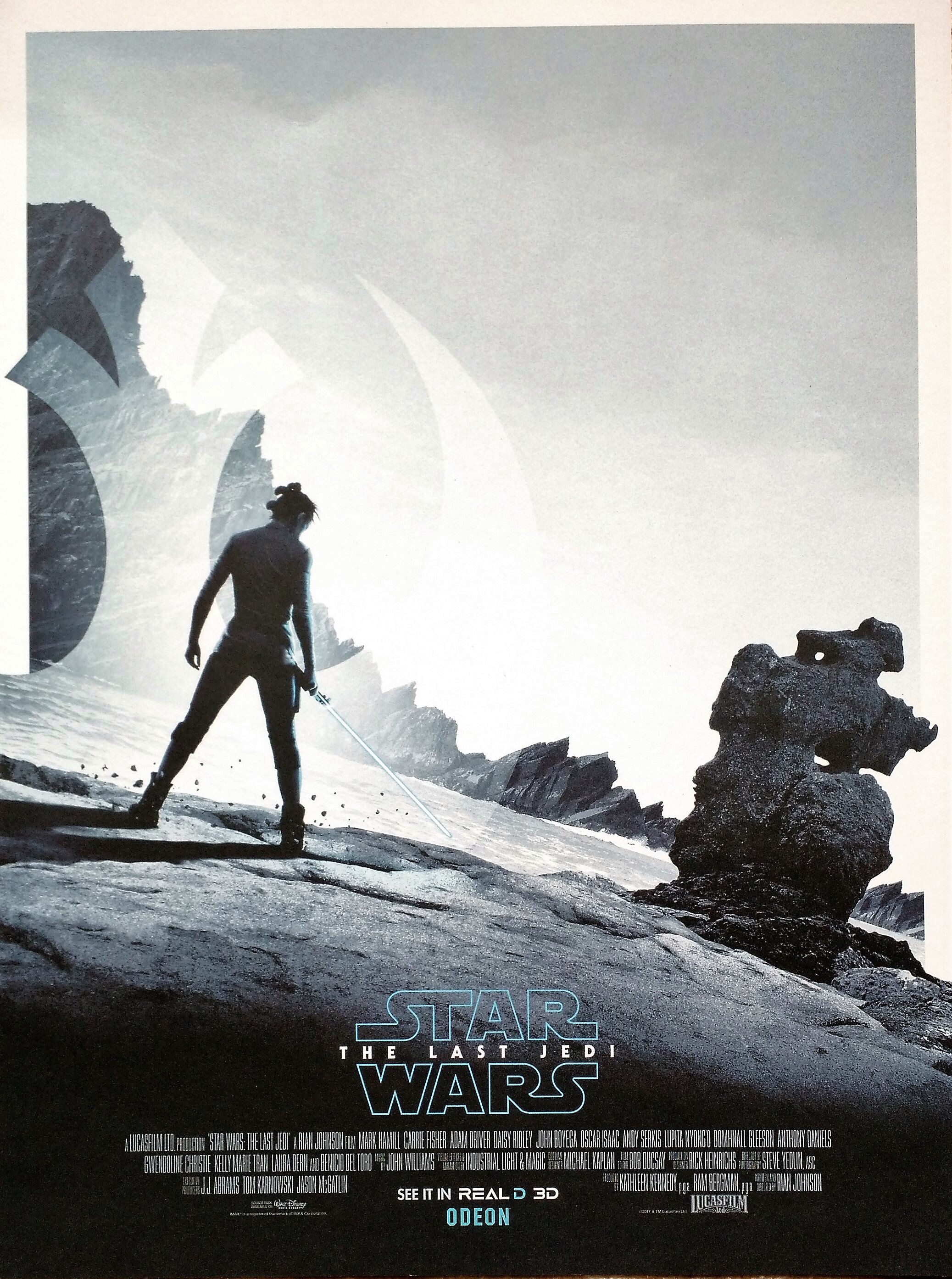Cinema provides a virtual environment specifically engineered to stimulate our cognitive and sensorial inclinations – for our own entertainment. The cinematic experience itself is an embodied simulation based on illusory stimuli able to elicit the mirror neurons of our brains – putting us effortlessly in the characters’ shoes and making us feel what they feel (Gallese and Guerra 2012; Gallese and Guerra 2015). The illusion does not stop at emotionally connecting to the characters’ adventures. We intuitively transform opaque cinematic techniques into flawless narratives (e.g., converting an illogical jump cut into the natural blink of an eye).
Read moreThe (neurochemical) medium is the message
“Movie Theater at Shibuya.” Author: naoyafujii (CC BY-NC 2.0).






